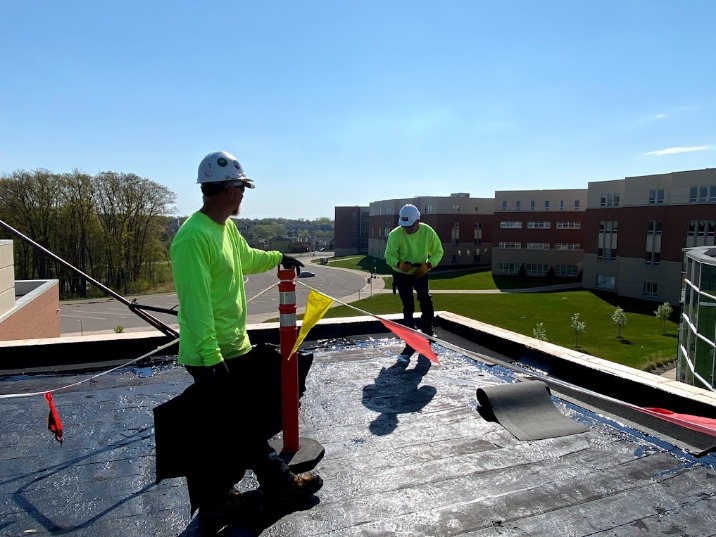
Safeguarding Business Assets with Thorough Roof Examinations
Ensuring the longevity and safety of commercial buildings is critical for any business. One vital component in maintaining these structures is regular commercial roof inspections. These assessments help identify potential issues before they escalate into costly repairs or catastrophic failures.
Why Commercial Roof Inspections Are Essential
Regular commercial roof inspections play a crucial role in extending the lifespan of your roof and safeguarding your investments. Here’s why:
- Preventative Maintenance: Spotting minor issues early can prevent expensive repairs later.
- Safety Concerns: Regular checks can avert potential hazards, ensuring the safety of occupants and visitors.
- Insurance Compliance: Many insurance policies require documented regular roof inspections.
- Energy Efficiency: A well-maintained roof can improve insulation, reducing heating and cooling costs.
Key Components of Commercial Roof Inspections
During a commercial roof inspection, professionals focus on several critical areas:
Structural Integrity
The overall structural soundness of the roof is assessed, including the deck, supports, and connections to ensure they can withstand both current and foreseeable environmental stresses.
Material Condition
The materials used (e.g., shingles, tiles, membranes) are inspected for wear and tear, cracks, punctures, or other damage. This includes checking for water damage or mold growth.
Waterproofing
Proper waterproofing is essential to prevent leaks. Inspections often include checking the sealants, flashing, and gutters to ensure they’re intact and functional.
Drainage Systems
Efficient drainage systems are vital to avoid water accumulation and subsequent damage. Functional gutters, downspouts, and internal drains are evaluated during the inspection.
Read more about flat roof inspections here.
How Often Should Commercial Roof Inspections Be Conducted?
Frequency of commercial roof inspections can vary based on several factors such as:
- Age of the Roof: Older roofs may require more frequent inspections.
- Weather Conditions: Buildings in harsh climates should be inspected more regularly.
- Proximity to Vegetation: Trees and plant life can cause additional wear and tear.
Generally, it’s recommended to conduct a commercial roof inspection at least twice a year, preferably in the spring and fall. Additionally, inspections should follow significant weather events such as storms or heavy snow.
FAQs About Commercial Roof Inspections
What should I expect during a commercial roof inspection?
An experienced inspector will perform a thorough evaluation, taking notes, photographs, and possibly video footage to document the roof’s condition. After the inspection, a detailed report outlining any issues and recommended corrective actions is usually provided.
Can I perform a commercial roof inspection myself?
While minor visual inspections can be performed by building maintenance staff, it’s crucial to have licensed professionals conduct comprehensive inspections. They possess the knowledge, tools, and experience to identify and correctly address potential problems.
What are the costs associated with commercial roof inspections?
The cost of a commercial roof inspection can vary based on the size and type of roof, as well as geographical location. However, considering the potential savings from preventing major repairs or replacements, these inspections are a worthwhile investment.
What if issues are identified during the inspection?
Identifying issues early allows for prompt and often less expensive repairs. Your inspection report will typically include suggestions for addressing any problems, ranging from minor fixes to more comprehensive repairs if needed.
Integrating regular commercial roof inspections into your building maintenance plan ensures peace of mind, protects your investments, and can considerably extend the life of your roof. Remember, a small investment today can save significant costs and hassles in the future.


